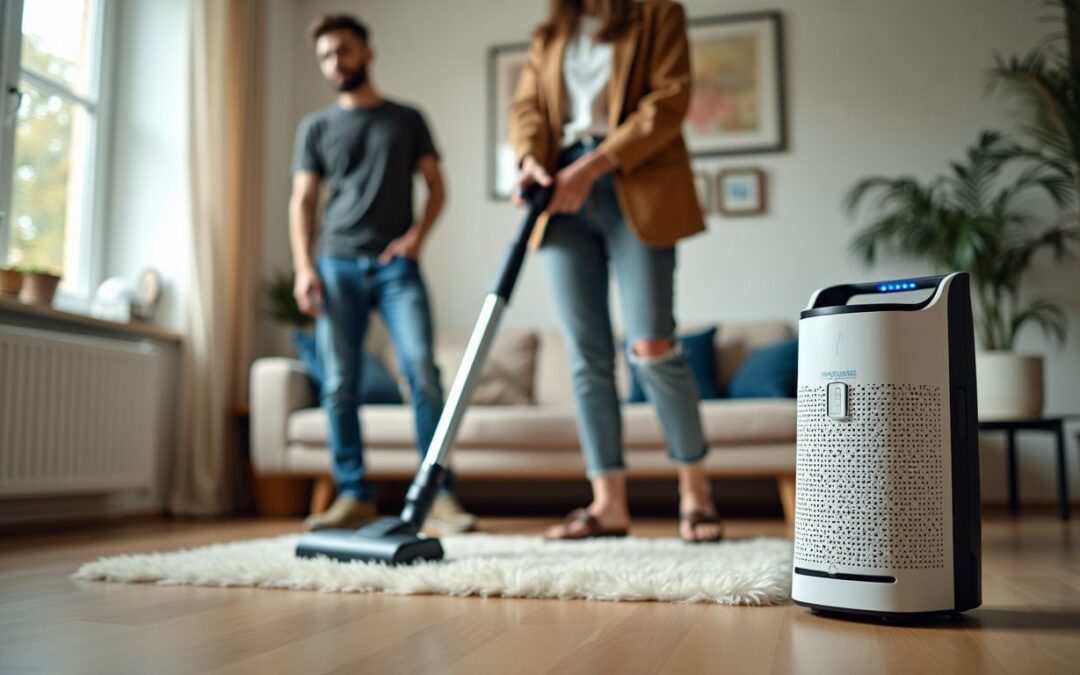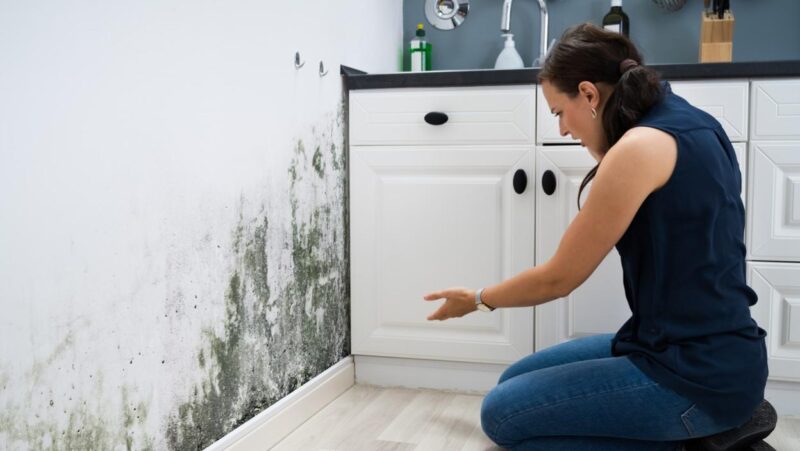Mold is often dismissed as a mere household nuisance, a harmless splotch lurking in corners or on damp walls. However, what many don’t realize is that this seemingly innocuous organism harbors profound implications for our indoor air quality and, consequently, our health.
As it thrives in moist environments, mold releases spores into the air, setting off a cascade of potential respiratory issues, allergic reactions, and even more serious health conditions. The consequences of prolonged exposure can be insidious, impacting not just the air we breathe but also the very essence of our well-being.
In this article, we will delve deeper into the hidden dangers of mold, exploring its far-reaching effects and shedding light on the importance of maintaining a clean, dry indoor environment. Your health might depend on it.
The Science Behind Mold Growth

Mold thrives in environments where moisture is abundant, often taking root in places forgotten by the bustling rhythm of daily life—think damp corners, behind sinks, or under carpets. The science behind mold growth hinges on a perfect storm of factors, including humidity, temperature, and the presence of organic materials, which serve as the mold’s food source.
Spores, microscopic and resilient, float through the air, waiting for their moment to settle. Once they land in the right conditions, they can proliferate rapidly, forming colonies that release allergens and toxins into the indoor air.
Warmth—a gentle 77°F to 86°F—is the ideal climate for mold to feast and expand, while humidity levels above 60% create a breeding ground that can lead to serious health concerns. Understanding this intricate dance of nature is essential for safeguarding your indoor environment and maintaining air quality.
Health Risks Associated with Mold Inhalation

Mold inhalation poses significant health risks, as the spores released into the air can trigger a myriad of respiratory issues, particularly for vulnerable populations such as children, the elderly, and individuals with pre-existing health conditions. When inhaled, these microscopic particles may lead to symptoms ranging from mild allergic reactions—like sneezing, coughing, and itchy eyes—to more severe respiratory complications, including asthma attacks or chronic lung diseases.
Moreover, certain types of mold, particularly black mold, can release mycotoxins, which are hazardous chemicals that can damage the immune system and lead to neurological disorders with prolonged exposure. It’s a silent threat, creeping into the corners of our homes and striking a subtle but dangerous blow to our overall well-being.
Awareness of these risks is crucial; after all, understanding the potential dangers could prompt timely action to mitigate mold growth and safeguard our health.
Improving Indoor Air Quality: Tips for a Healthier Home

To improve indoor air quality and create a healthier home, there are several effective strategies to consider. Start by ensuring proper ventilation; opening windows and using exhaust fans can significantly reduce humidity levels and decrease the chances of mold growth.
Keep indoor humidity below 50% by utilizing dehumidifiers in damp areas like basements and bathrooms. Regularly clean or replace HVAC filters to capture dust, pollen, and potential mold spores that circulate in the air.
Opt for non-toxic cleaning products to prevent introducing more harmful chemicals into your environment. Additionally, incorporating houseplants not only beautifies your space but can also help purify the air naturally.
Finally, keep an eye out for any leaks or water damage—catching these issues early can save you from a bigger mold problem down the line. With these simple yet impactful measures, you can foster an environment that promotes better respiratory health and overall well-being.
Conclusion
In conclusion, understanding the hidden dangers of mold is crucial for maintaining a healthy indoor environment. Mold not only affects the structural integrity of your home but can also lead to serious health issues, particularly for individuals with allergies or respiratory conditions.
Ensuring that your living space is free from mold should be a top priority, and regular monitoring and maintenance are key to prevention. If you suspect mold growth in your home, conducting mold testing Tampa can provide valuable insights and help you take the necessary steps to protect your indoor air quality. By being proactive about mold management, you can create a safer, healthier living space for you and your loved ones.


